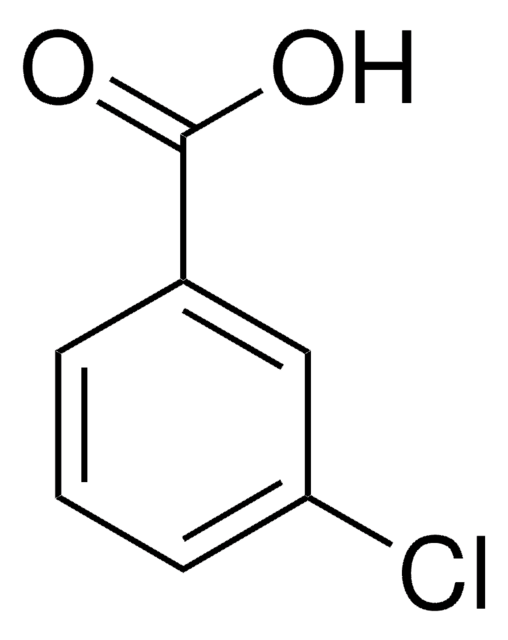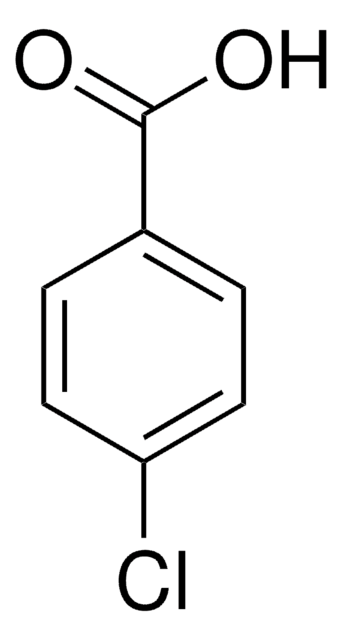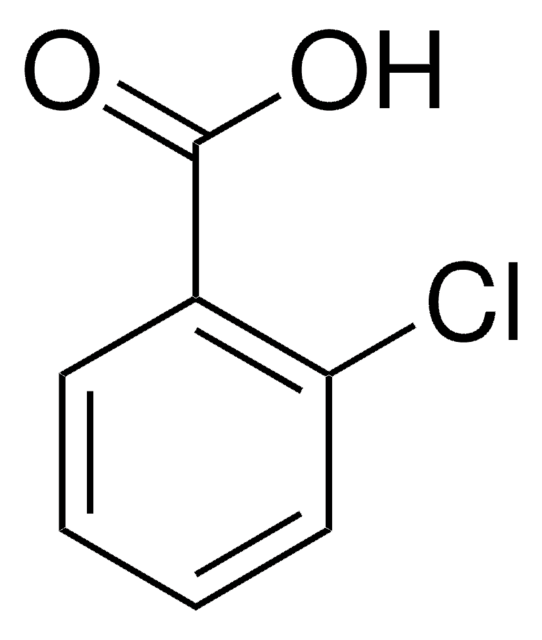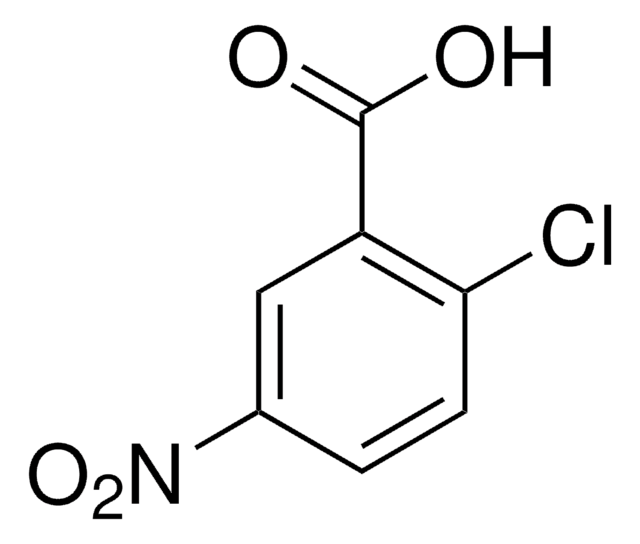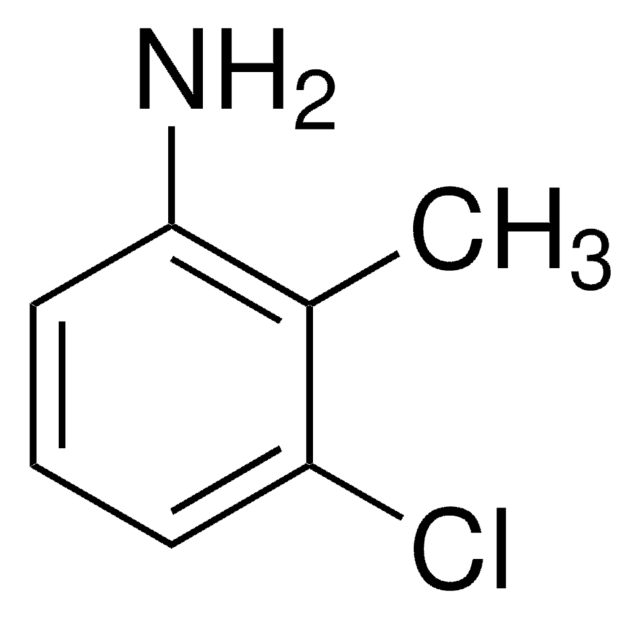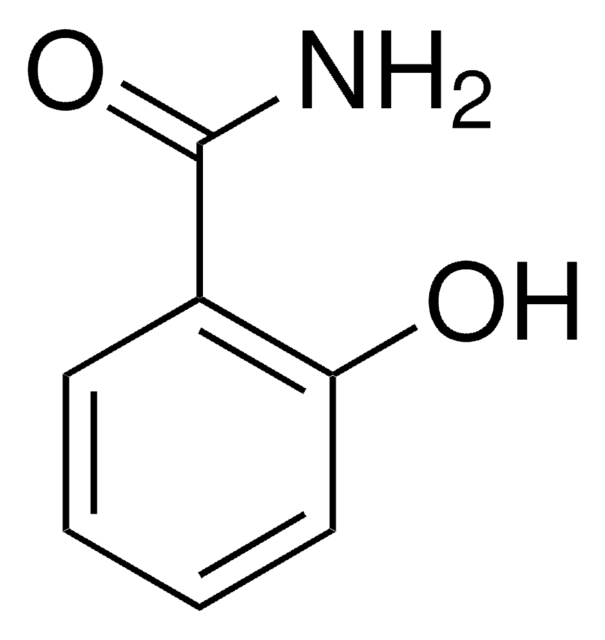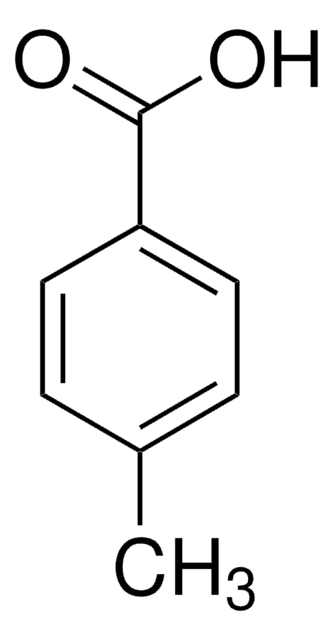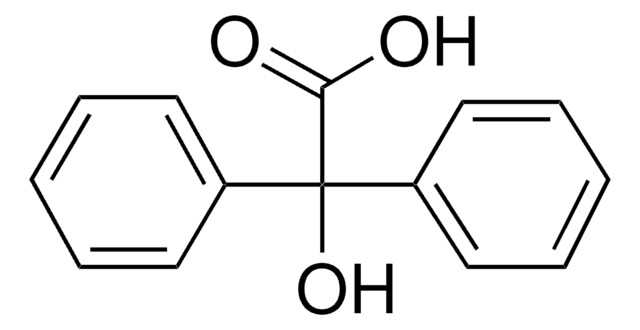Wichtige Dokumente
135577
2-Chlorbenzoesäure
98%
Synonym(e):
2-CBA, o-Chlorobenzoic acid
About This Item
Empfohlene Produkte
Assay
98%
mp (Schmelzpunkt)
138-140 °C (lit.)
Löslichkeit
cold water: soluble 900 part
alcohol: freely soluble
diethyl ether: freely soluble
water: soluble (hot)
Funktionelle Gruppe
carboxylic acid
chloro
SMILES String
OC(=O)c1ccccc1Cl
InChI
1S/C7H5ClO2/c8-6-4-2-1-3-5(6)7(9)10/h1-4H,(H,9,10)
InChIKey
IKCLCGXPQILATA-UHFFFAOYSA-N
Suchen Sie nach ähnlichen Produkten? Aufrufen Leitfaden zum Produktvergleich
Allgemeine Beschreibung
Anwendung
Signalwort
Warning
H-Sätze
Gefahreneinstufungen
Eye Irrit. 2 - Skin Irrit. 2
Lagerklassenschlüssel
13 - Non Combustible Solids
WGK
WGK 2
Flammpunkt (°F)
343.4 °F
Flammpunkt (°C)
173 °C
Persönliche Schutzausrüstung
dust mask type N95 (US), Eyeshields, Gloves
Hier finden Sie alle aktuellen Versionen:
Besitzen Sie dieses Produkt bereits?
In der Dokumentenbibliothek finden Sie die Dokumentation zu den Produkten, die Sie kürzlich erworben haben.
Kunden haben sich ebenfalls angesehen
Unser Team von Wissenschaftlern verfügt über Erfahrung in allen Forschungsbereichen einschließlich Life Science, Materialwissenschaften, chemischer Synthese, Chromatographie, Analytik und vielen mehr..
Setzen Sie sich mit dem technischen Dienst in Verbindung.